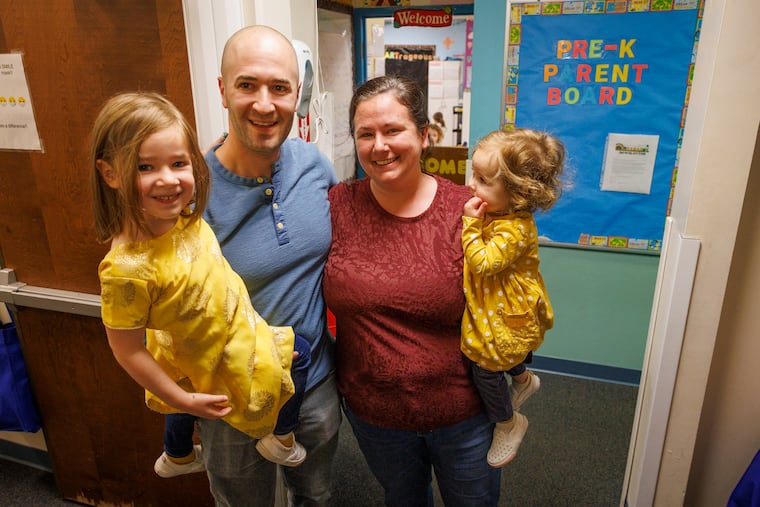Childcare costs ‘more than a mortgage’ per kid, forcing Philly parents to make tough choices
Some parents are deciding to leave the workforce, lean on family, or cobble together a patchwork of caregivers, as day care often costs at least $12,000 a year per child.
